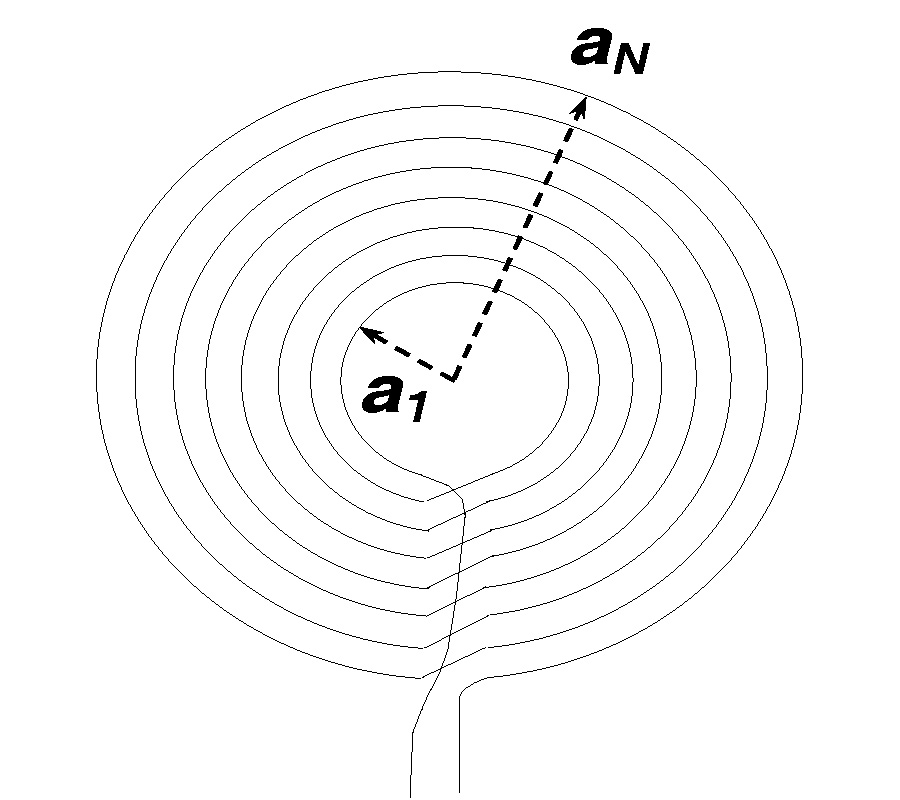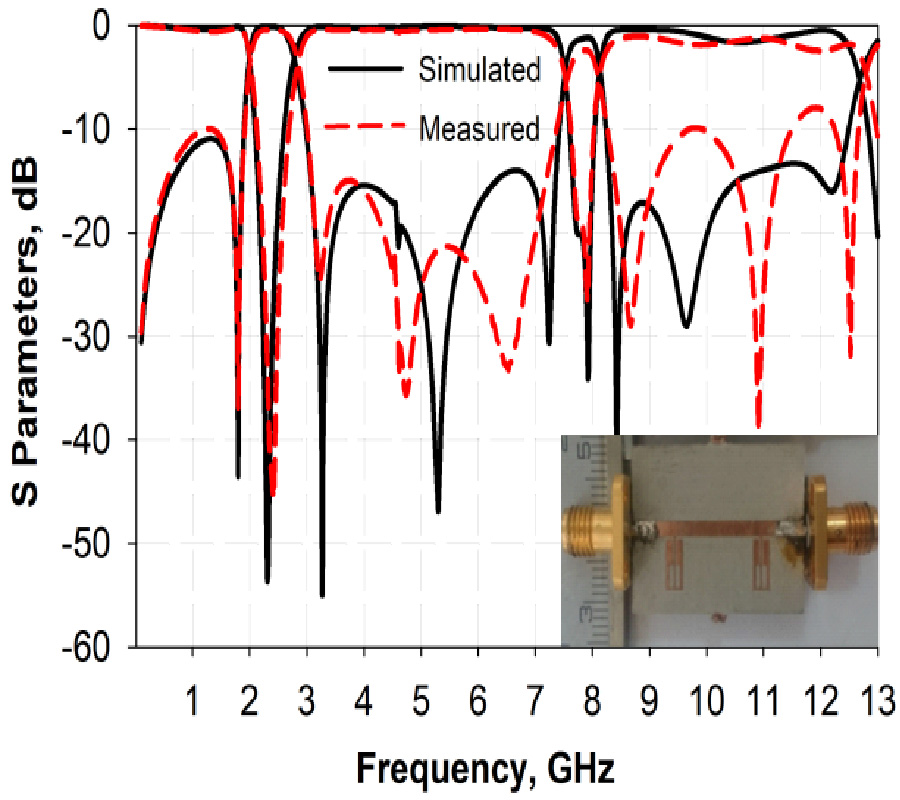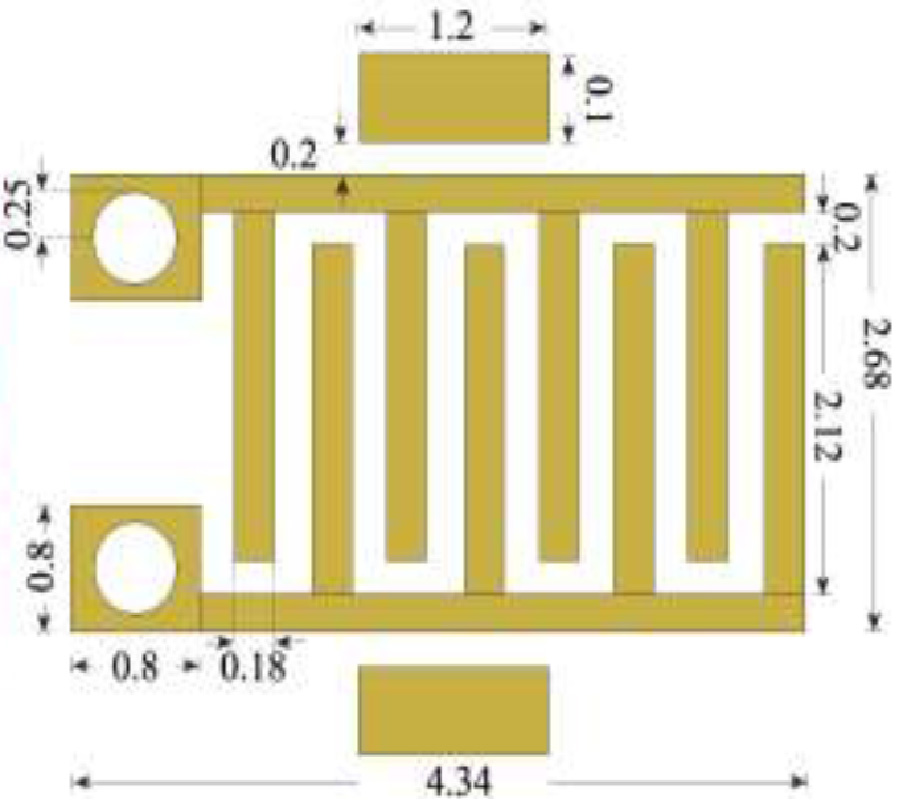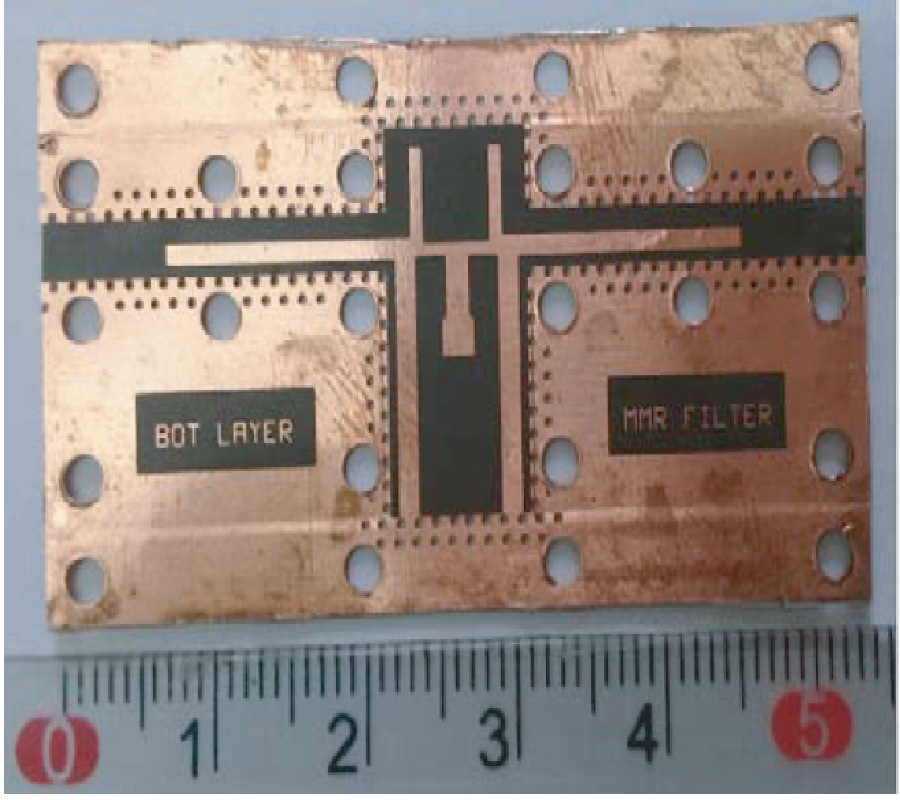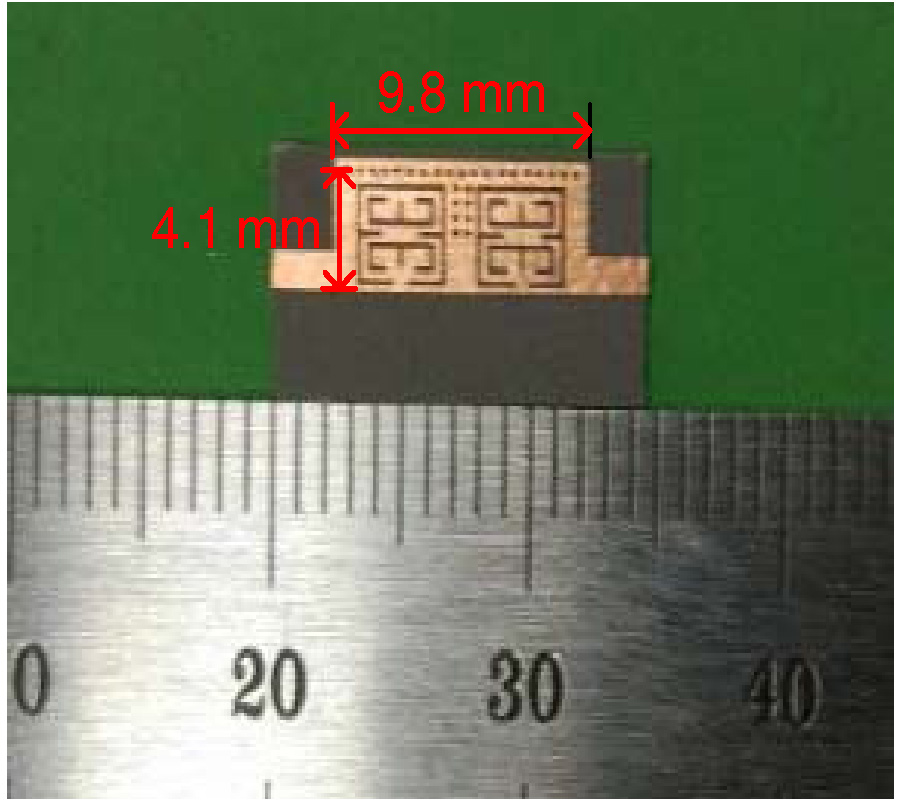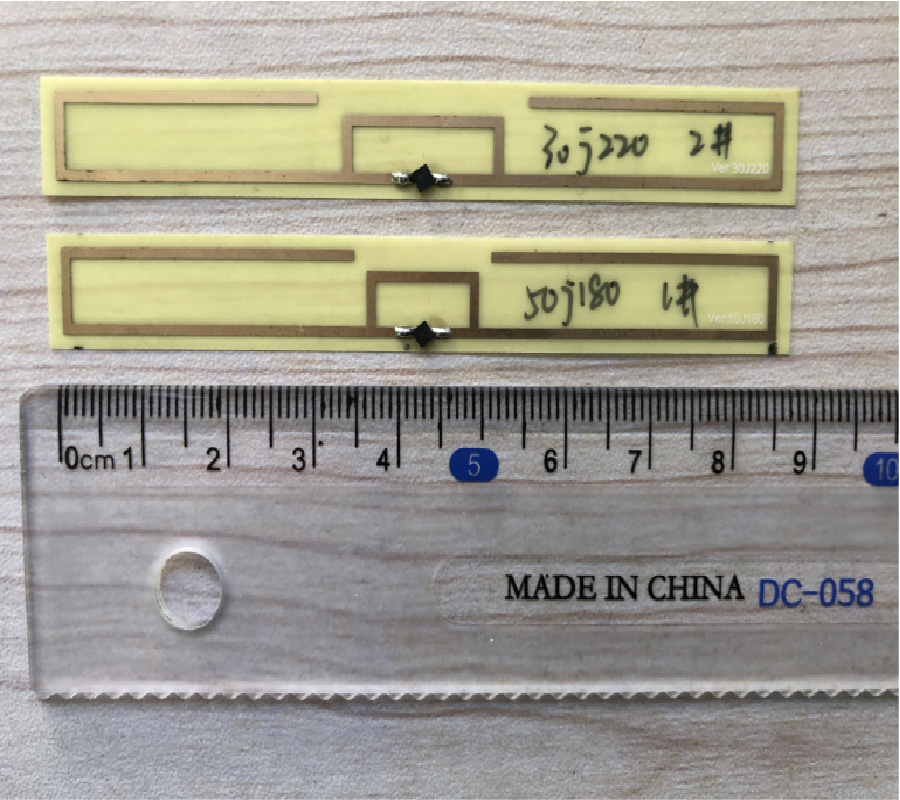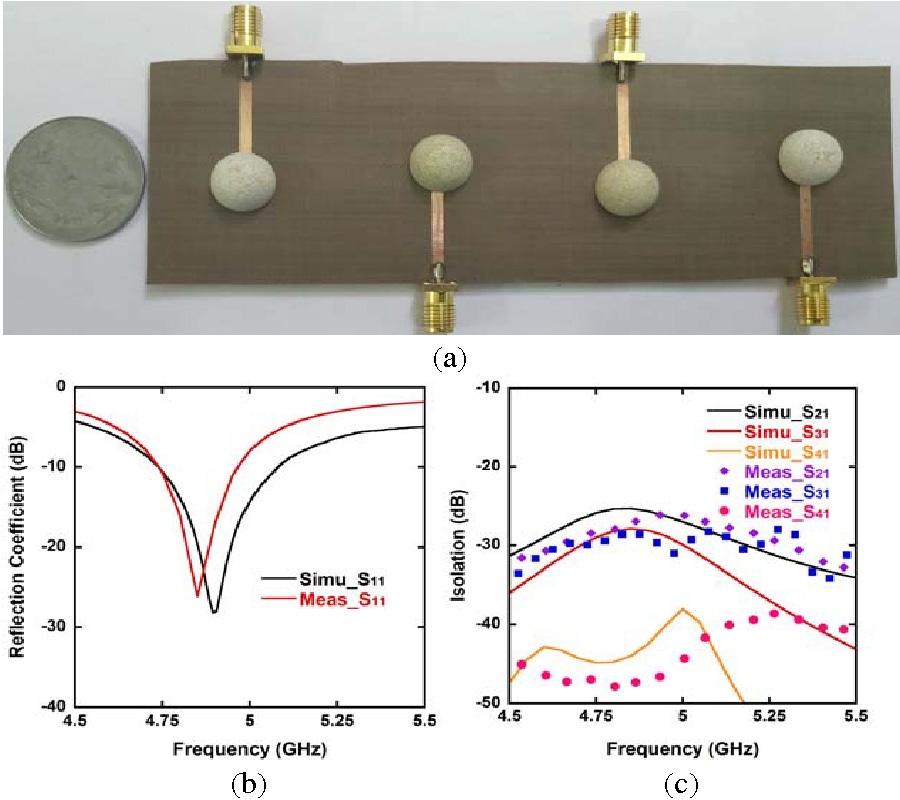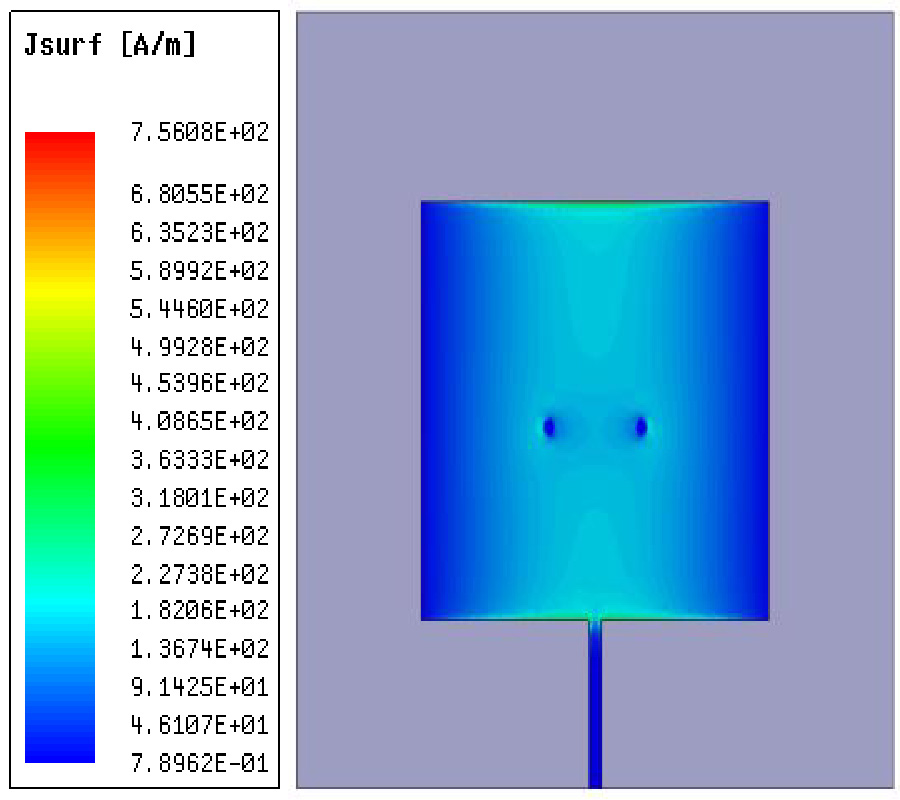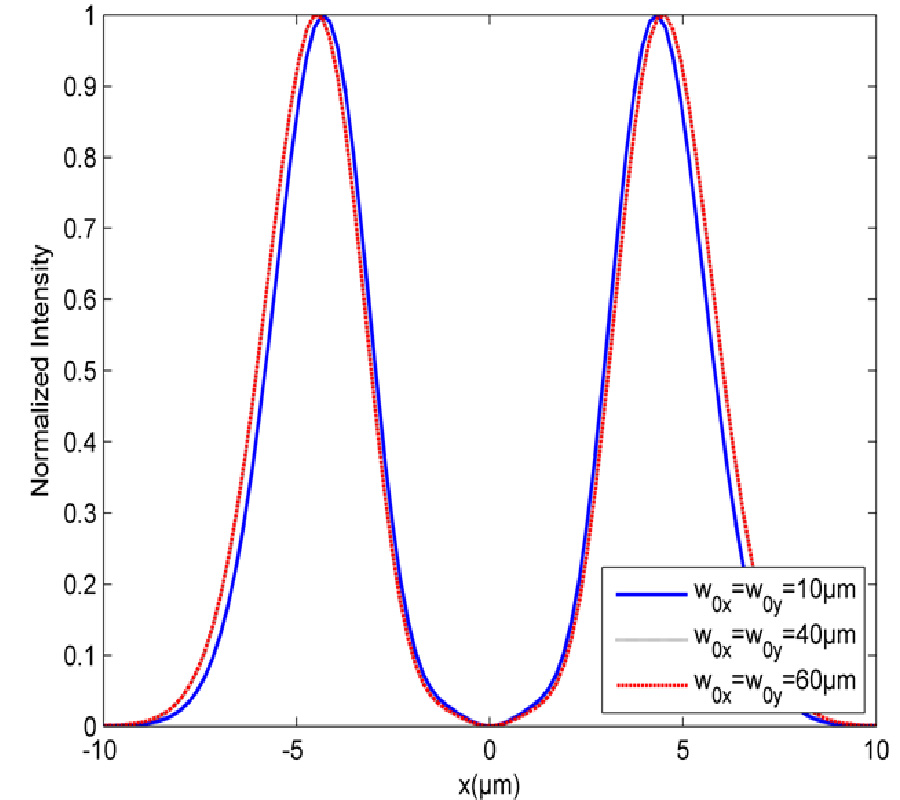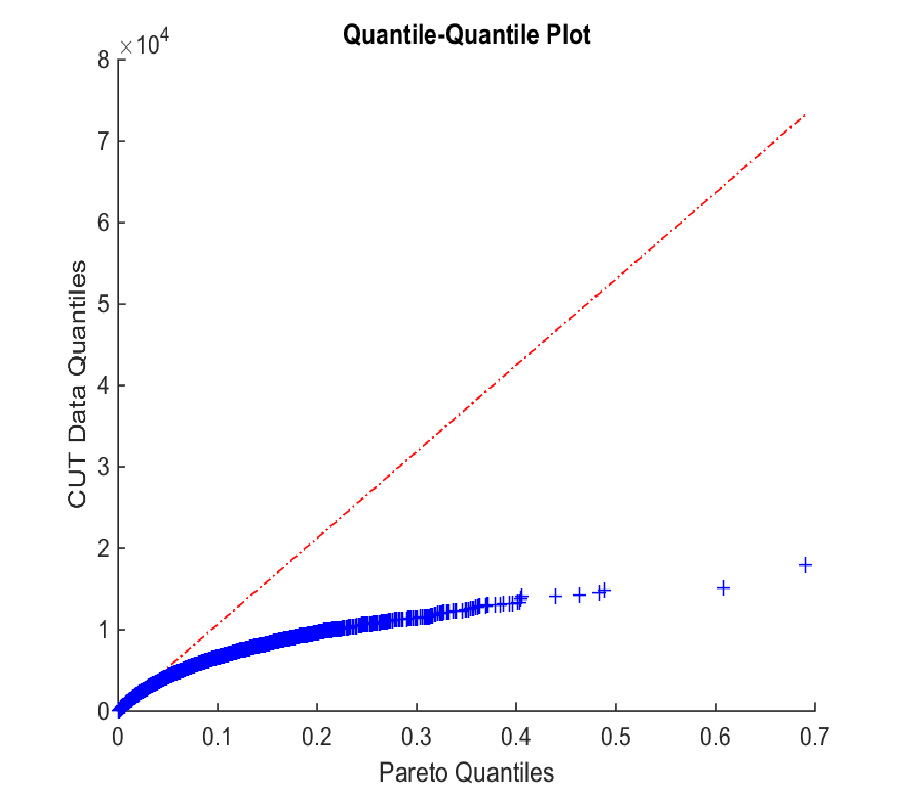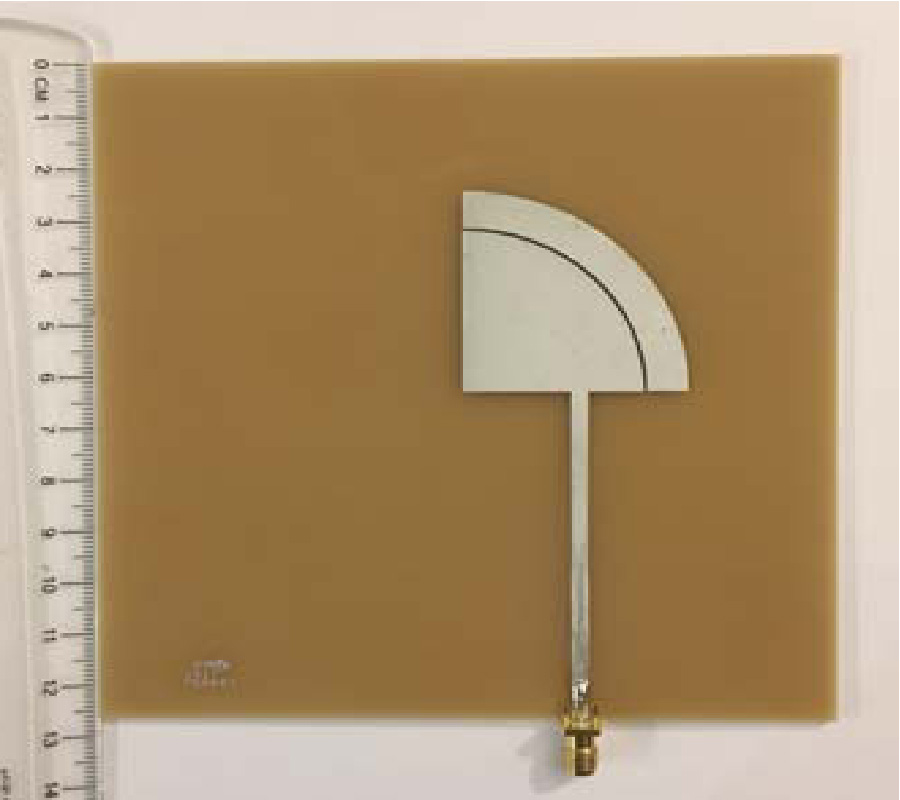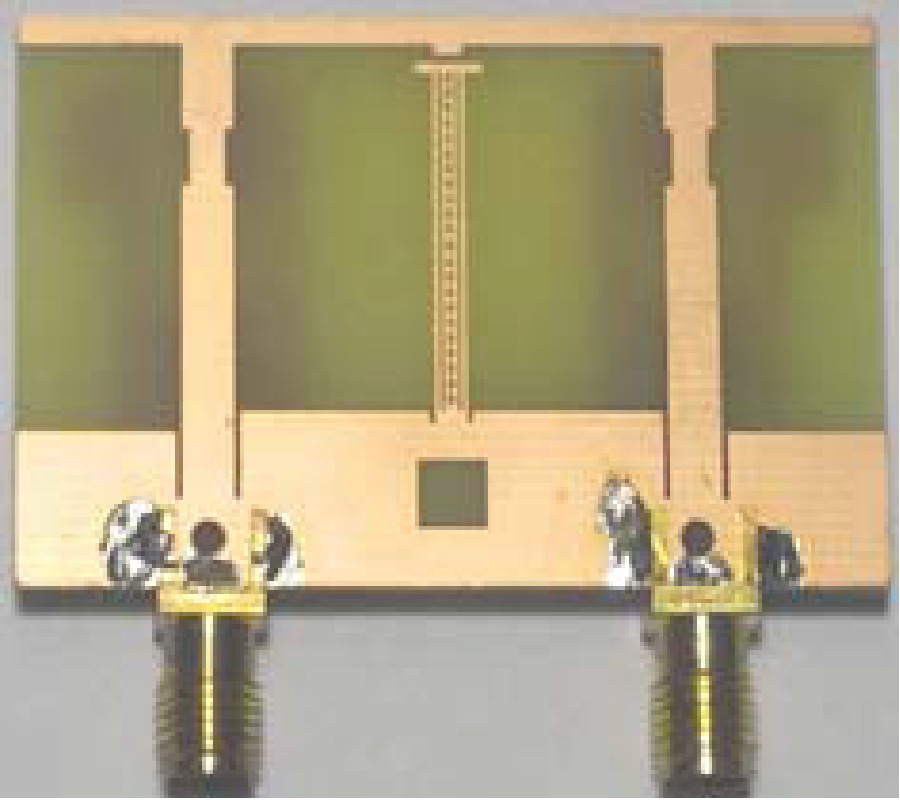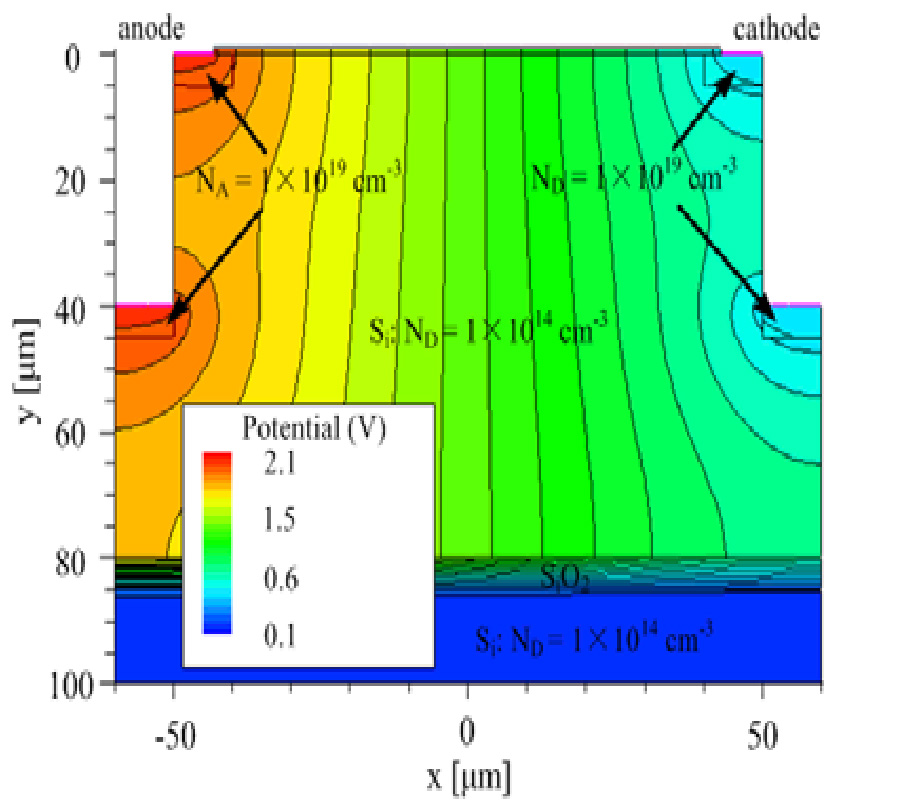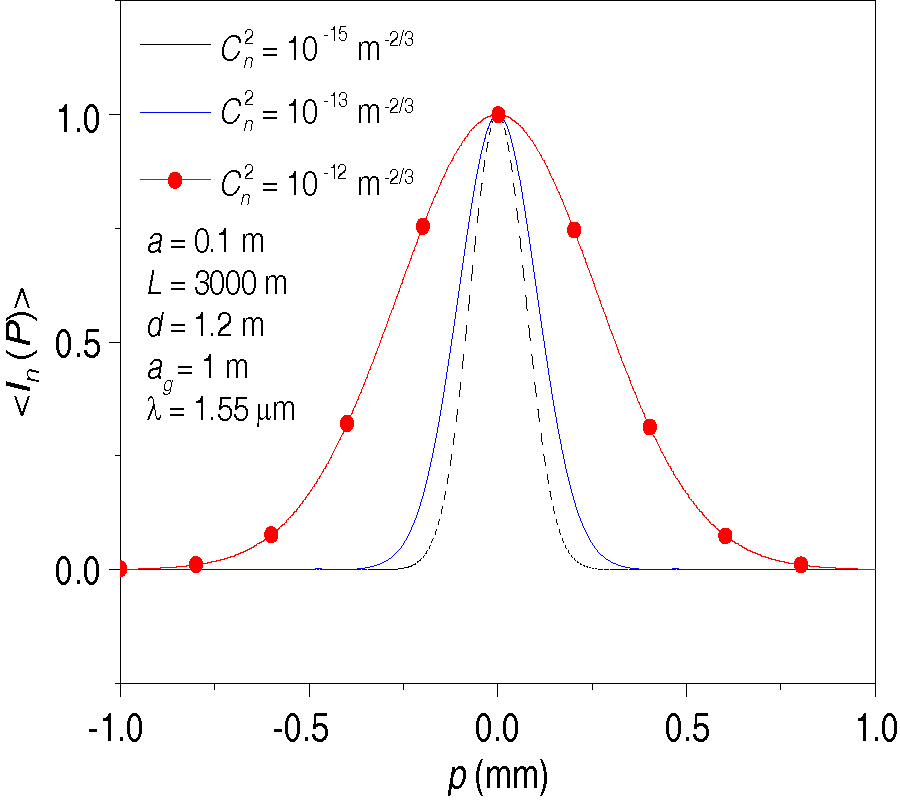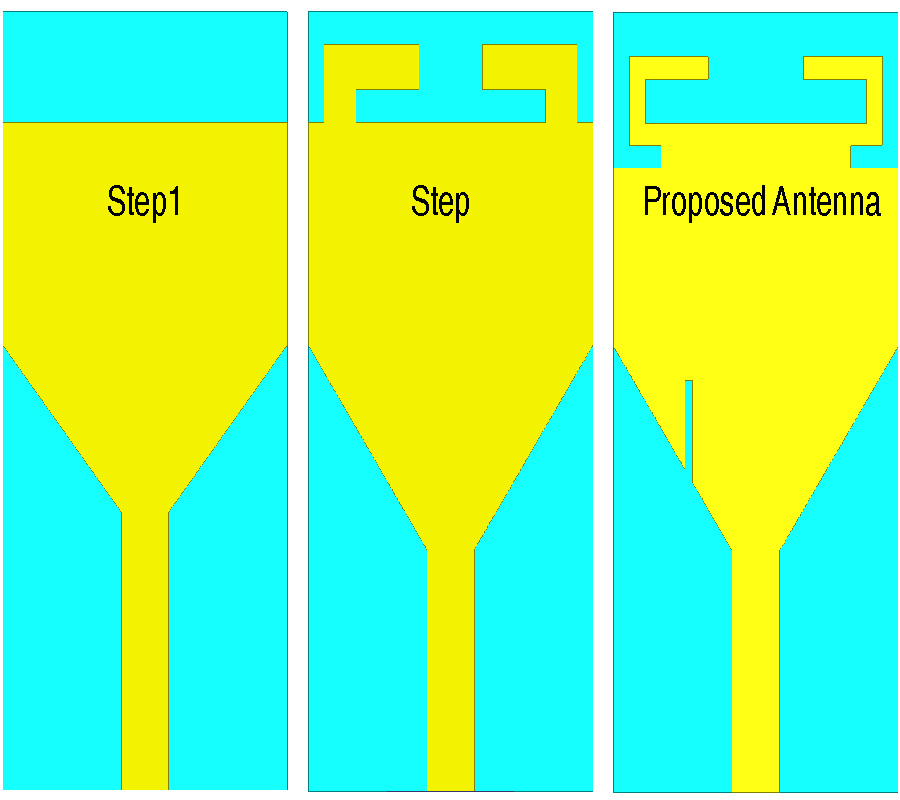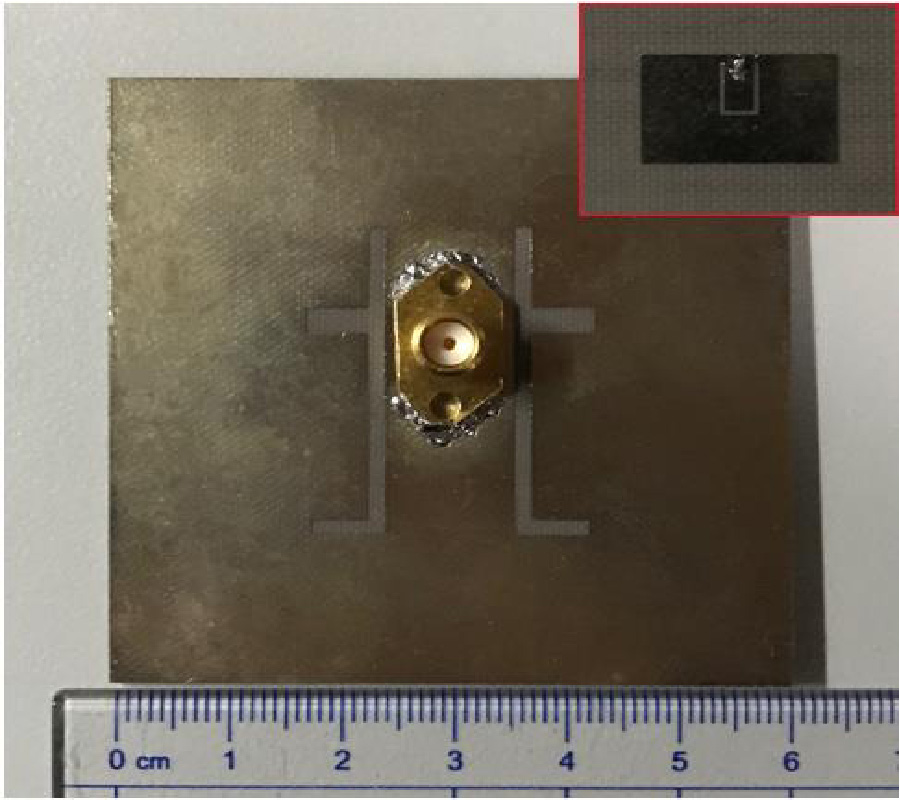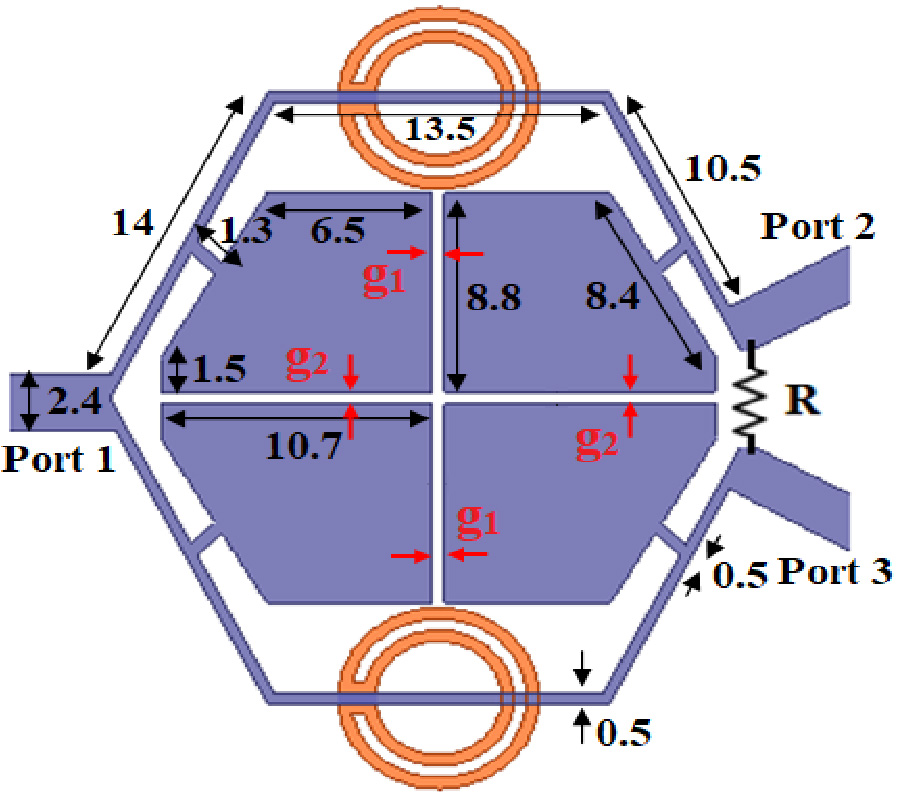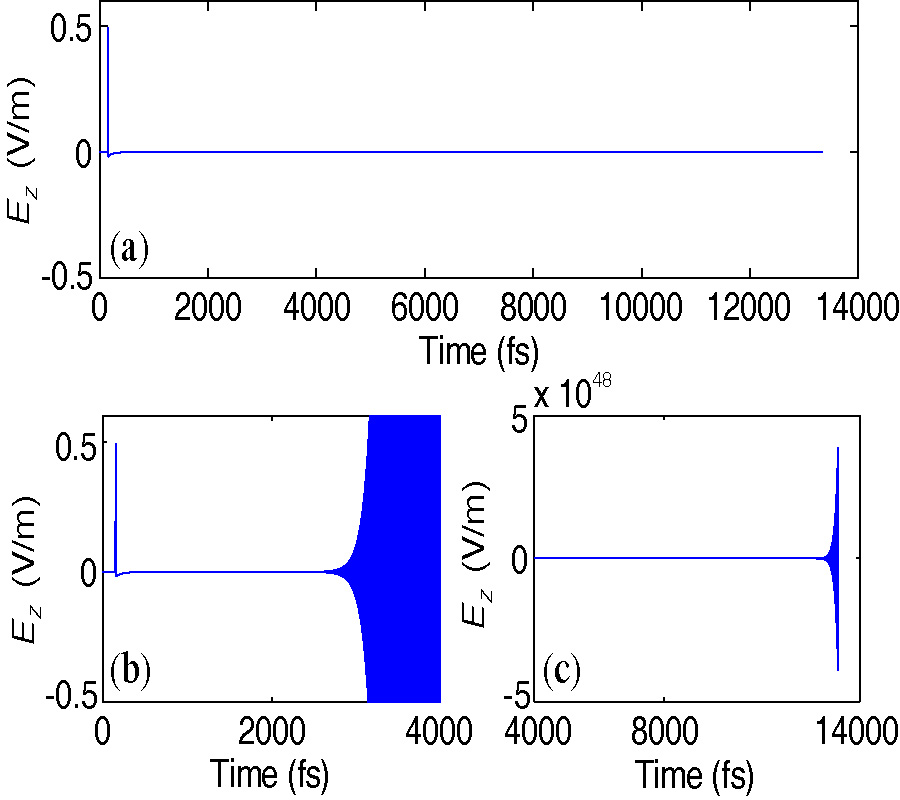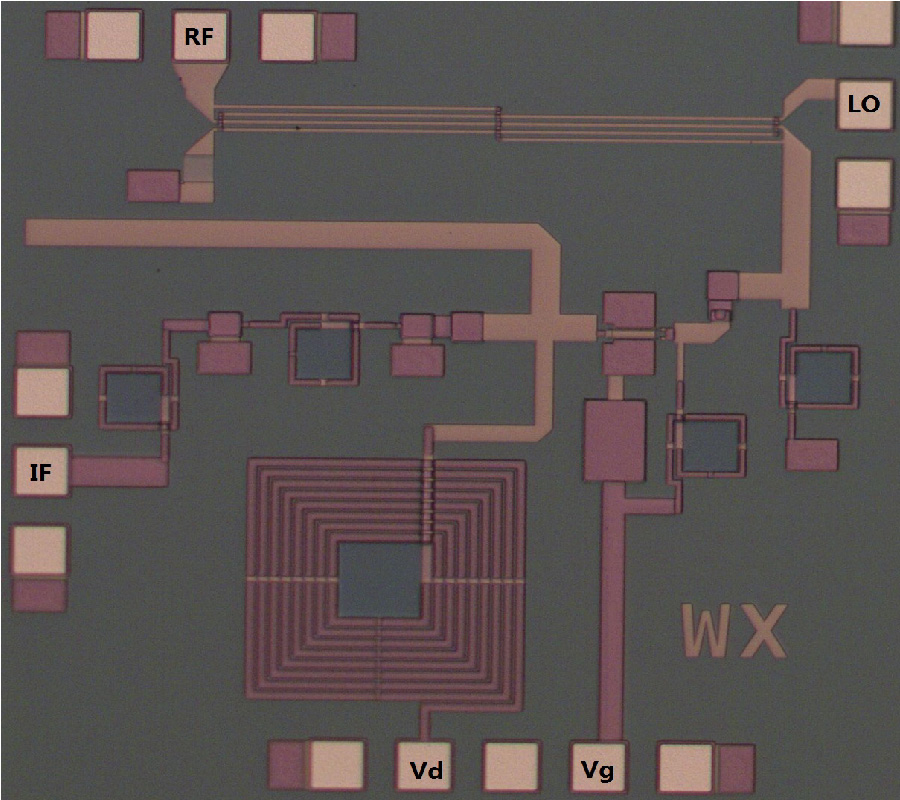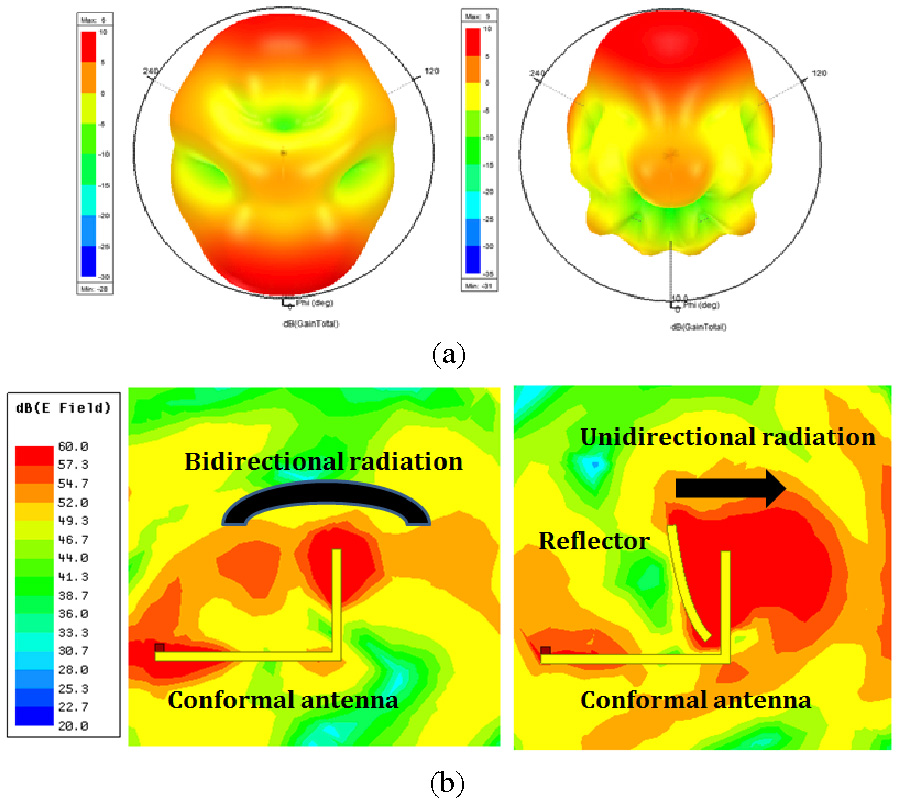A Wideband Gate Mixer Using 0.15 μm
GaAs
Enhancement-Mode PHEMT Technology
Xi Wang,
Jun Hu,
Yongbo Su,
Peng Ding,
Wuchang Ding,
Feng Yang,
Asif Muhammad and
Zhi Jin
This paper presents a wideband gate mixer using 0.15 μm GaAs enhancement-mode pseudomorphic high electron mobility transistor (E-mode PHEMT) process. The proposed mixer is based on a single-ended gate mixer topology. Proper input matching networks are used to ensure good conversion gain as well as a wide frequency band. A λ/4 open stub at local oscillator (LO) frequency and a low-pass filter at the drain terminal do great help to enhance LO-IF and RF-IF isolation performance. A Lange coupler is used to maintain LO-RF isolation in a wide frequency band. The measured results show that the mixer operates in wide RF frequency of 17-26 GHz and IF frequency of 0.8-1.7 GHz with a conversion gain of 5-8 dB. The 1 dB compression point (P1 dB) is -1~1 dBm, and the needed LO power is only 1 dBm. The LO-IF, RF-IF, and LO-RF isolations are about 45, 45, and 20 dB, respectively. This represents excellent performance for GaAs PHEMT mixer in terms of frequency bandwidth, conversion gain, isolation, and P1 dB performance.
